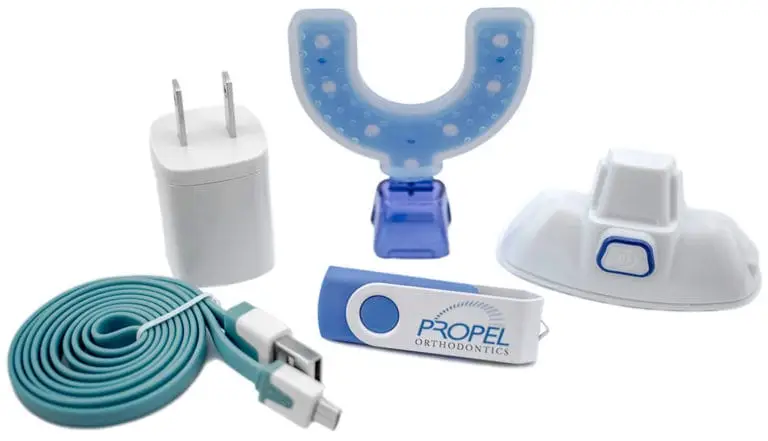
Accelerated Invisalign – Propel’s VPro5
Diamond Braces is happy to offer its patients VPro5 by Propel Invisalign, the latest tool that helps to straighten your teeth quicker.
Are you considering Invisalign clear aligners for your malocclusions? Do you have oral restorations like crowns, implants, veneers, or bridges? You might question if you can wear them.
Invisalign clear aligners typically fit around natural teeth. But what if you’re missing some teeth?
Let’s explore the Invisalign and dental implants compatibility. Can they move the teeth as part of your treatment plan? Stay tuned to find out.
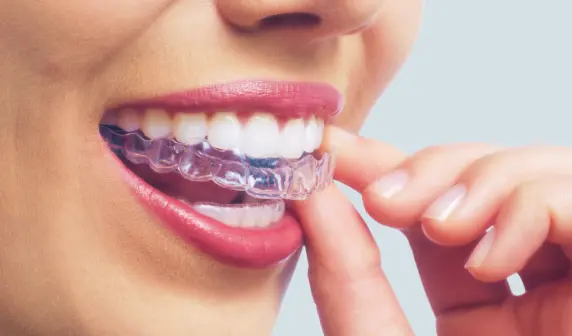
Can You
In most cases, having crowns doesn’t stop you from wearing Invisalign aligners. The trays can mold to fit over the crown, just like they would a natural tooth. But, you need to be careful when removing the aligners. Don’t pull on the crown, just the edge of the tray.
Getting a tooth crowned during Invisalign treatment isn’t a good idea. It can mess up the fit of the aligner. This is a situation where crowning and Invisalign treatment don’t work well together.
So, you should either crown the tooth before starting Invisalign treatment or wait until after the treatment is over. This is an important part of dental care to prevent tooth decay.

Will
In most cases, Invisalign clear aligners can work effectively with full dental implants. Implants, unlike natural teeth, don’t move, which might make you question their effectiveness. However, Invisalign treats specific teeth areas at a time. This approach makes it possible to work around the immobility of implants.
But, there can be situations where no solutions exist. For example, if the implants are in the area where the teeth need to move for the Invisalign treatment, it might not be feasible. Therefore, the compatibility of Invisalign and dental implants depends on the specific circumstances.
Remember, gum disease can complicate the use of Invisalign. Also, if you have misaligned teeth, Invisalign can be an effective solution. But, always consult with your dentist or orthodontist to determine the best course of action for your specific situation.
You can’t move implants, but that’s not a limitation. The other teeth that need moving will move. Aligners work around the implants.
To plan this procedure, set up a free consultation with a skilled, licensed orthodontist. They possess the expertise to identify the right treatment options for your oral health needs.
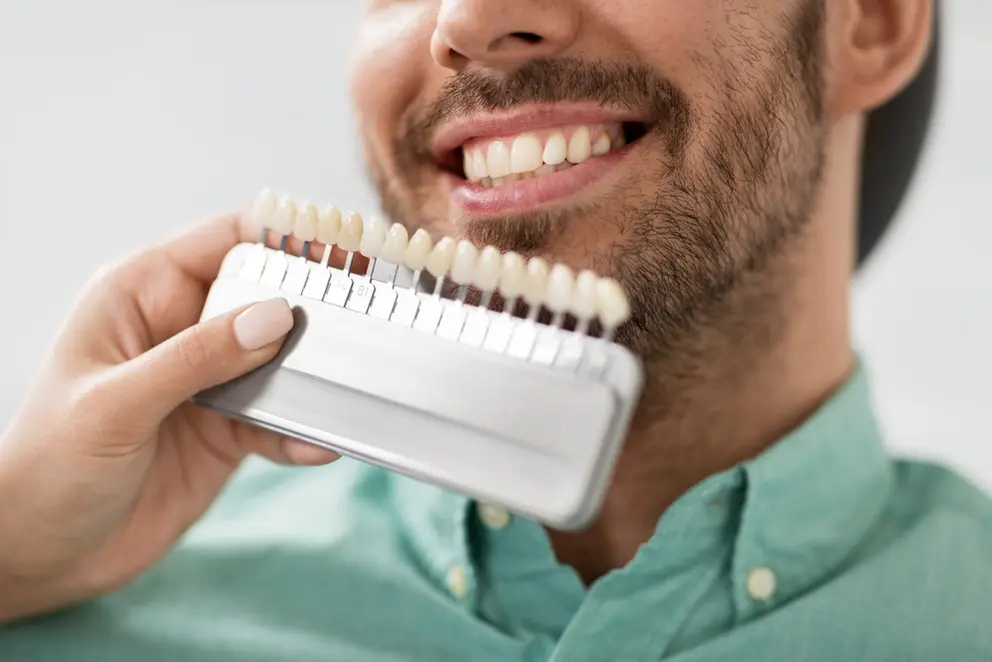
Can You
If you’re considering using Invisalign with dental veneers, here’s what you need to know. Durable, fresh, and properly bonded veneer material is compatible with Invisalign clear aligners. In fact, Invisalign works arguably better with veneers than braces do. This is because orthodontic glue bonds more effectively with natural enamel than with veneer material.
However, there are a few things to consider. After veneers are installed, certain occlusal issues might arise. Therefore, most orthodontists suggest getting veneers before starting Invisalign treatment.
Also, if you need Invisalign attachments for a better fit of the plastic aligners, but the veneers are the only suitable area for these attachments, you might not be the right candidate for for invisalign aligners and veneers together. For more details, it’s best to consult your orthodontist.
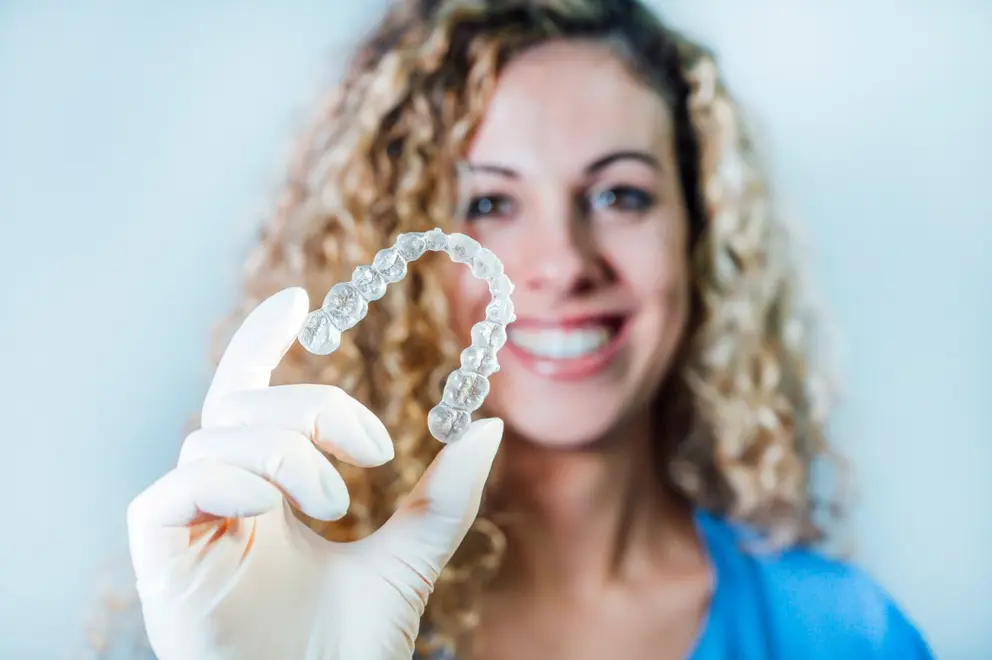
Can You
You can wear certain athletic occlusal guards over your Invisalign aligners while playing sports. However, it’s not the best idea. These mouth guards are not custom-made.
They could fit over aligners during sports. But, you should not use custom-fit mouthguards with aligners. If you’re an athlete wearing Invisalign aligners, you have another option. You can just take them out, practice or play, and then put them back in.
Now, let’s talk about different types of braces. There are ceramic braces, lingual braces, and traditional metal braces. Ceramic braces are less noticeable than metal braces. Lingual braces are hidden behind the teeth.
Traditional metal braces have metal brackets. They are the most common type of braces. Each type has its own advantages and disadvantages. It’s important to choose the one that suits your needs the best.

Will
Invisalign treatment usually works with a dental bridge. Although bridges are fixed, the teeth around them can move. If the bridge interferes with tooth movement, orthodontists may remove it temporarily.
Therefore, it’s often advised to delay bridge installations until after Invisalign treatment. If you have a bridge already, consult your orthodontist for the next steps.
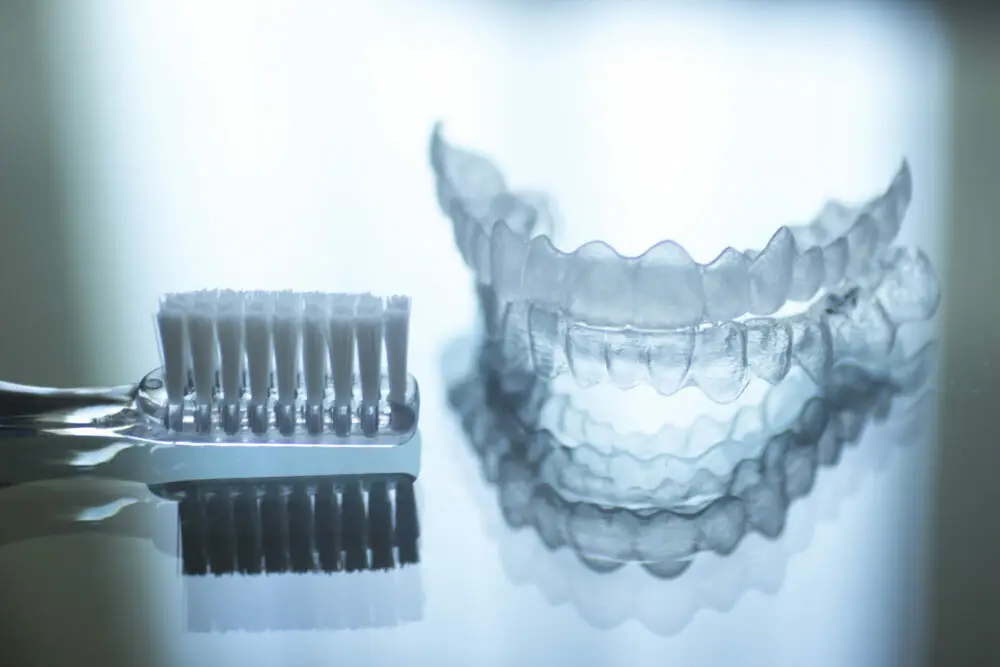
Can
Aligners like Invisalign can fill gaps from tooth loss with plastic that mimics natural teeth. If you have implants or restorations, your orthodontist might suggest waiting until after orthodontic treatment. Sometimes, they might advise restorative work before starting.
Always consult a reliable orthodontist before making any significant decisions. Invisalign can be an effective solution for tooth loss and crooked teeth.